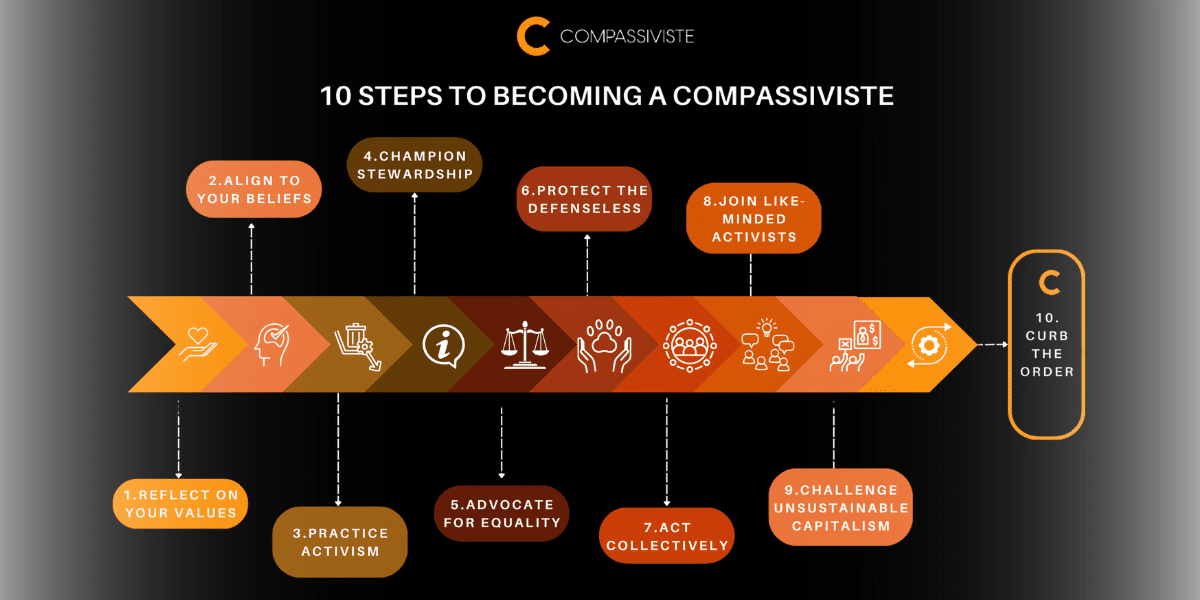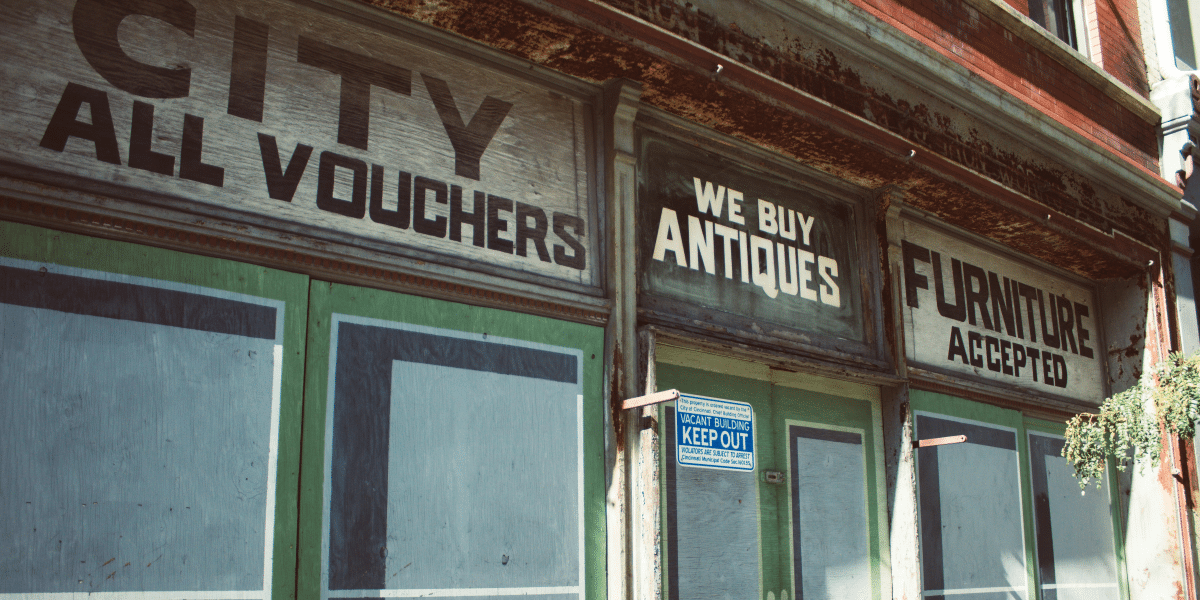Image Commercially Licensed from Unsplash
By: Anne Davis
San Francisco stands as an emblem of progress and diversity. Yet, amidst the high-rises and cultural hubs, there exists an often-overlooked paradox—the ecological footprint cities like San Francisco leave on our planet. In this exploration, we’ll delve deeper into the intricate ways in which San Francisco, despite its progressive reputation, contributes to the deterioration of the environment. Additionally, we’ll uncover actionable steps for policymakers, businesses, and residents to forge a path towards a more sustainable and harmonious coexistence with nature.
1. The Concrete Jungle: Architectural Marvels and Ecological Sacrifices
San Francisco’s iconic skyline is a visual testament to human ingenuity and architectural prowess. However, beneath the sheen of glass and steel lies a stark reality—urbanization comes at a cost. The pervasive use of concrete and asphalt disrupts natural ecosystems, diminishing green spaces and amplifying the urban heat island effect. The construction boom, while propelling economic growth, drives demand for raw materials, leading to deforestation and habitat loss.
Solution: Sustainable Urban Planning for a Green Horizon
To counteract this, policymakers can champion sustainable urban planning initiatives that prioritize green infrastructure. By integrating green roofs, communal gardens, and permeable surfaces into city designs, metropolises can mitigate the adverse effects of rapid urbanization. Balancing economic development with ecological preservation is key to creating a sustainable urban future.
2. The Transportation Conundrum: Fumes and Gridlock in the City by the Bay
San Francisco’s iconic cable cars and bustling streets paint a vivid picture of city life. Yet, the persistent hum of combustion engines contributes significantly to air pollution and traffic congestion. The reliance on fossil fuel-powered transportation not only degrades air quality but also propels climate change forward.
Solution: Steering Towards Greener Commutes
Governments and businesses can spearhead initiatives to incentivize the adoption of electric vehicles, enhance public transportation infrastructure, and promote alternative modes like cycling and walking. Implementing car-free zones and congestion pricing strategies can alleviate traffic congestion, improve air quality, and encourage the widespread adoption of sustainable transportation alternatives. Residents should also be encouraged to opt for green transportation and other solutions like using e-bikes, purchasing electric vehicles, or bulk ordering household necessities like paper towels and turmeric soap from ecommerce platforms to cut down on the impact of shipping.
3. Waste Woes: The Perils of Convenience and Disposable Culture
The convenience synonymous with city living often translates into excessive waste generation. Despite San Francisco’s commendable recycling efforts, the city grapples with managing substantial amounts of single-use plastics and electronic waste, contributing to overflowing landfills.
Solution: Embracing a Circular Economy for a Zero-Waste Future
Businesses can champion sustainable practices by reducing packaging, instituting take-back programs, and designing products with longevity in mind. Residents, too, play a vital role by adopting responsible waste management practices, favoring reusable products, switching to safer alternatives like charcoal soap, and supporting businesses committed to eco-friendly initiatives. Transitioning to a circular economy will not only curb waste but also promote sustainable consumption patterns.
4. Energy Hunger: Powering the Urban Behemoth Responsibly
Metropolitan areas hunger for energy to power towering skyscrapers, bustling businesses, and countless homes. While San Francisco is making strides in transitioning to renewable energy, conventional methods still play a significant role, impacting ecosystems and contributing to carbon emissions.
Solution: Accelerating the Shift to Renewable Energy
Policymakers can enact legislation to expedite the transition to renewable energy sources, while businesses and residents can contribute by investing in energy-efficient technologies and adopting solar panels. Community initiatives and awareness campaigns can further encourage sustainable energy practices, fostering a collective commitment to a cleaner and greener urban energy landscape.
5. Urban Gentrification: Socioeconomic Disparities and Environmental Injustice
The tide of urban development often brings with it the waves of gentrification, displacing lower-income residents and creating pockets of affluence. This socio-economic disparity not only disrupts communities but also amplifies environmental injustices, as marginalized populations bear the disproportionate brunt of pollution and resource depletion.
Solution: Balancing Progress with Equity
Policymakers can implement policies prioritizing affordable housing, shielding vulnerable communities from displacement, and ensuring universal access to green spaces. Community engagement becomes pivotal, allowing residents to actively participate in decision-making processes, fostering inclusivity, and ensuring that urban development benefits everyone. By addressing both social and environmental aspects, we pave the way for equitable and sustainable urban growth.
Conclusion: Orchestrating Sustainable Harmony in the Concrete Jungle
In the heart of the urban jungle, where innovation meets culture, lies an opportunity for transformative change. By acknowledging the environmental challenges inherent in metropolitan living, San Francisco and cities worldwide can chart a course toward sustainable urban oases. Through the collaborative efforts of policymakers, businesses, and residents, we can sculpt a future where cities thrive in harmony with the environment, fostering a delicate equilibrium between urban dynamism and ecological well-being.












